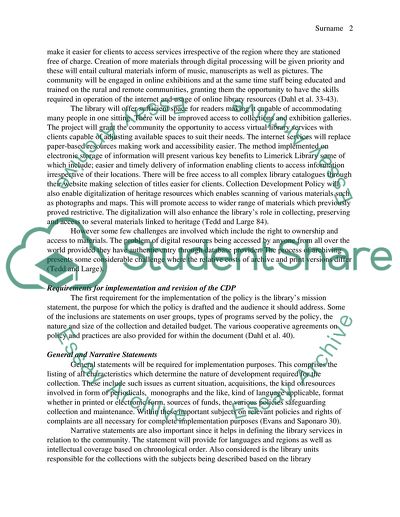Cite this document
(Library Policy Manual Assignment Example | Topics and Well Written Essays - 3250 words, n.d.)
Library Policy Manual Assignment Example | Topics and Well Written Essays - 3250 words. Retrieved from https://studentshare.org/social-science/1834652-instruction-or-policy-manual-to-proposal
Library Policy Manual Assignment Example | Topics and Well Written Essays - 3250 words. Retrieved from https://studentshare.org/social-science/1834652-instruction-or-policy-manual-to-proposal
(Library Policy Manual Assignment Example | Topics and Well Written Essays - 3250 Words)
Library Policy Manual Assignment Example | Topics and Well Written Essays - 3250 Words. https://studentshare.org/social-science/1834652-instruction-or-policy-manual-to-proposal.
Library Policy Manual Assignment Example | Topics and Well Written Essays - 3250 Words. https://studentshare.org/social-science/1834652-instruction-or-policy-manual-to-proposal.
“Library Policy Manual Assignment Example | Topics and Well Written Essays - 3250 Words”, n.d. https://studentshare.org/social-science/1834652-instruction-or-policy-manual-to-proposal.


